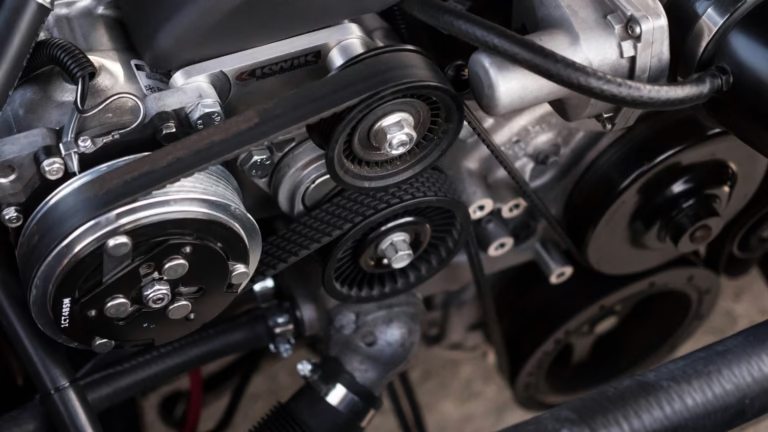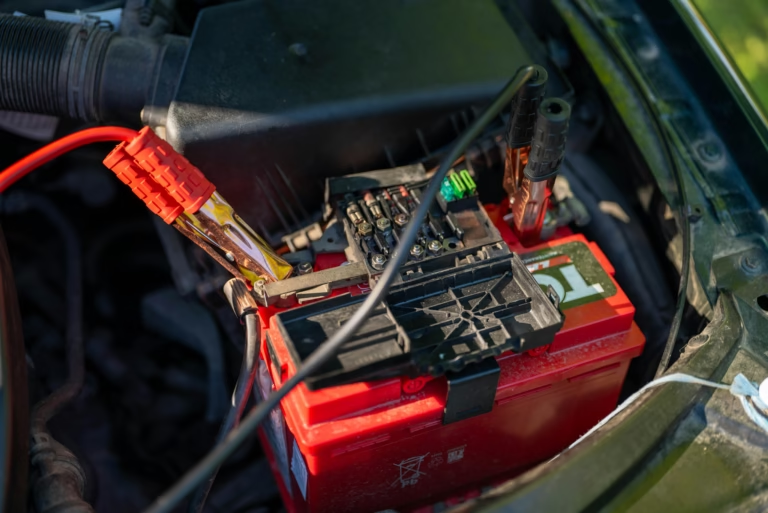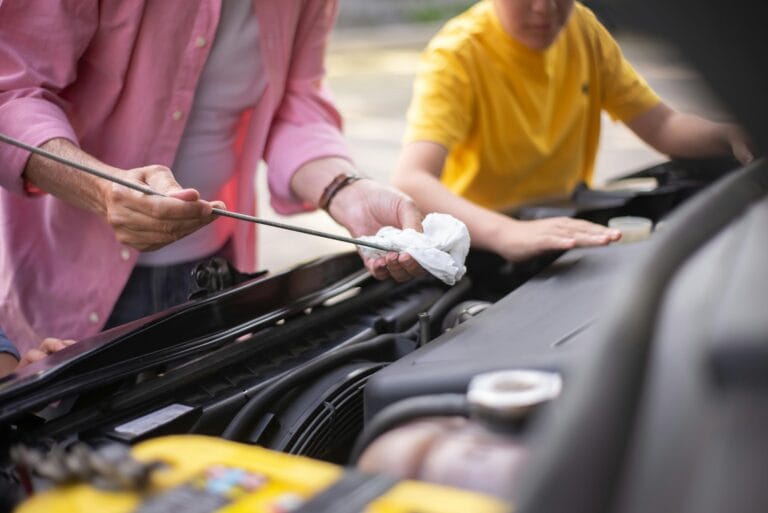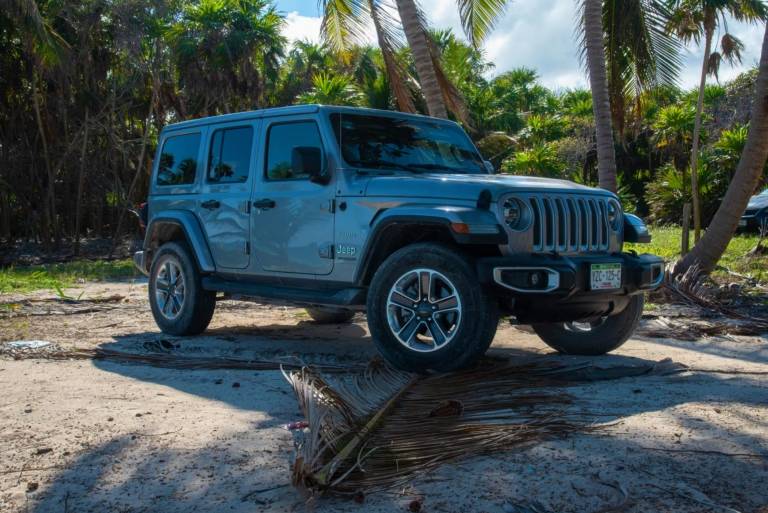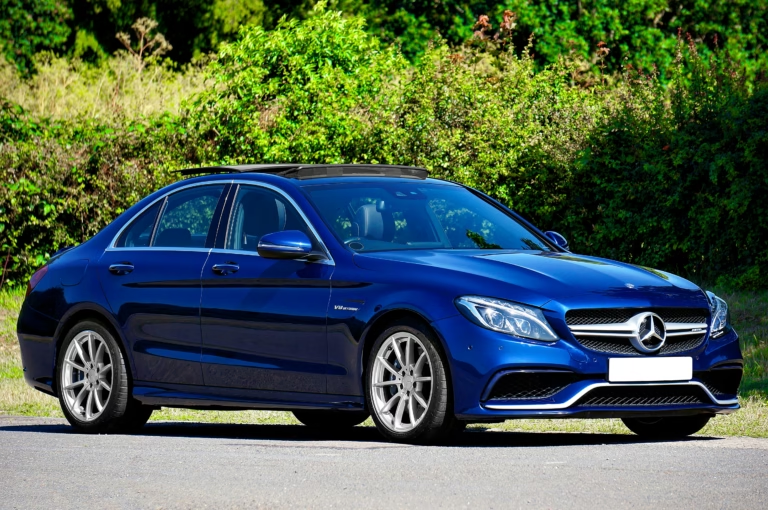
Woke up to a car that won’t start? Don’t stress — it happens to all of us at some point. Jump-starting your car is surprisingly easy, and once you’ve done it, you’ll wonder why you ever worried.
Here’s a quick, no-nonsense guide to get you back on the road.
🔧 What You’ll Need:
- A second car with a working battery
- A set of jumper cables
- A few minutes of patience

Step 1: Line Up the Cars
Park the working car so it’s close enough to reach the dead one with your jumper cables. Make sure both cars are in Park (or Neutral), and shut off completely.
Pop the hoods.

Step 2: Find the Battery Terminals
Each battery has two terminals:
- Positive (+) — usually has a red cover or label
- Negative (-) — often black and may be bare metal
If they’re dirty, give them a quick wipe so the clamps get a solid connection.

Step 3: Connect the Jumper Cables (in this order)
- Red clamp to dead car’s +
- Red clamp to good car’s +
- Black clamp to good car’s –
- Final black clamp to bare metal on the dead car — like a bolt or the engine block. Don’t put it on the battery itself — that’s risky.
Double-check everything’s secure.

Step 4: Fire It Up
Start the working car and let it run for 2–3 minutes.
Now try to start the dead car. If it turns over — nice. Let both cars run for another 5–10 minutes before disconnecting anything.
If it doesn’t start right away, wait a few more minutes and try again.

Step 5: Disconnect the Cables (reverse order)
Now just remove the cables the opposite way you put them on:
- Black from dead car
- Black from good car
- Red from good car
- Red from dead car
Keep the car that had the dead battery running for at least 15–20 minutes, or better yet, take it for a short drive. That’ll help recharge the battery a bit.

A Few Quick Tips:
- If it still won’t start after a few tries, the battery might be toast — or your alternator’s acting up.
- Carrying a portable jump starter is a smart move — you won’t need another car to get going.
